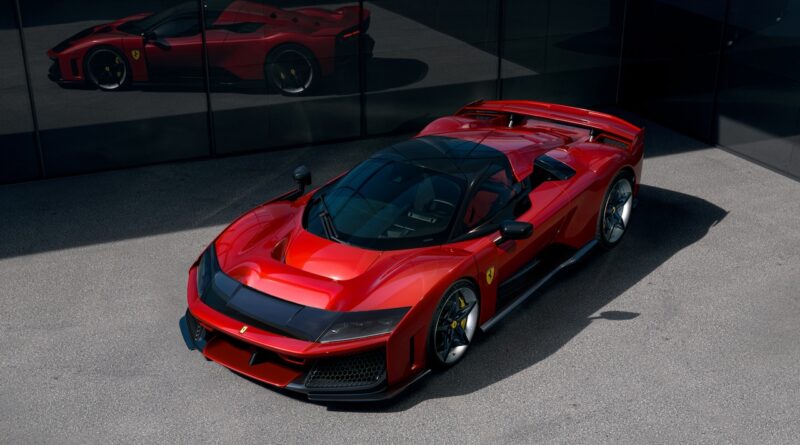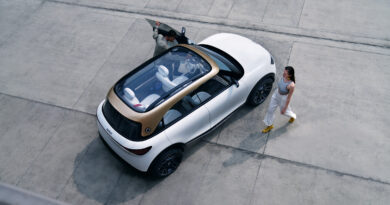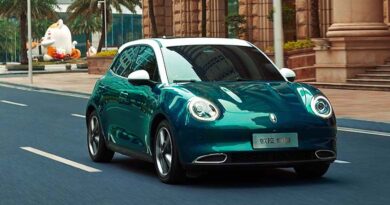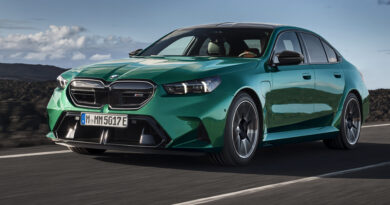Fazzin’ hell! The new Ferrari F80 has nine electric motors and it’s not even an EV!
Eleven years after the LaFerrari was launched, Ferrari has finally gotten around to introducing its successor the 2025 Ferrari F80.
And early indications suggest the Italian technological tour-de-force might have been worth the wait.
The F80 previews Ferrari’s latest hybrid powertrain thinking, its next-generation aerodynamics and advanced chassis and suspension design with all the tech destined for future non-EV models.
Limited to a build of just 799 examples that are already sold out, Ferrari’s latest hypercar costs an incredible €3.2 million ( $5.2 million approx) plus on-roads.
READ MORE: Who needs a Ferrari, Lambo or Porsche! Radical $6 million McLaren W1 uses electric motor to produce more power than an F1 car
READ MORE: 2025 Ferrari electric car to be true to the brand, right down to its soundtrack
READ MORE: Ferrari SF90 XX Stradale and Spider PHEVs
For that you get a hypercar that pumps out a combined 882kW of power and one that is based around a completely bespoke carbon-fibre monocoque.
The centrepiece includes a wild electrified 120-degree 3.0-litre V6 that has two turbochargers and an astonishing five electric motors to help it along the road.
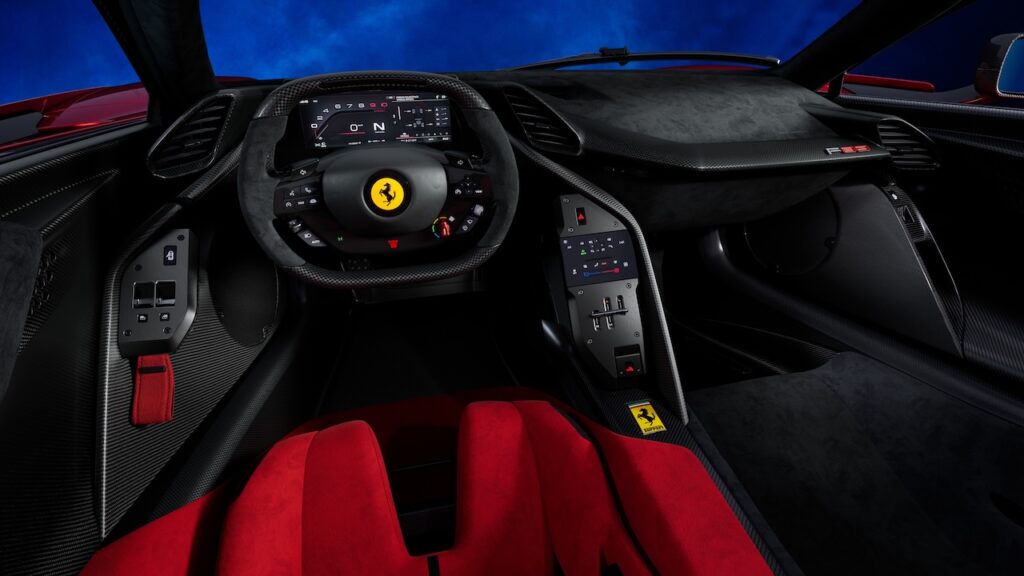
Before you’re put off by the lack of a V8 or V12, know that the 3.0-litre V6 isn’t lifted from the 296 GTB coupe. Instead, it’s been nicked from the Le Mans-winning 499P endurance racer and F1 racer.
Capable of revving up to 9200rpm, the V6 twin-turbo pumps out 662kW and 850Nm by itself. But that isn’t enough to cut it nowadays against the new breed of hyper-EVs.
That’s why those turbos include two small electric motors that live between the turbine and compressor wheels that raise boost pressure and slash lag.
A further small electric motor acts as a starter-generator and is used to torque-fill at lower revs. Sending all that power and torque to the rear wheels is an eight-speed dual-clutch transmission that’s mounted on the rear axle.
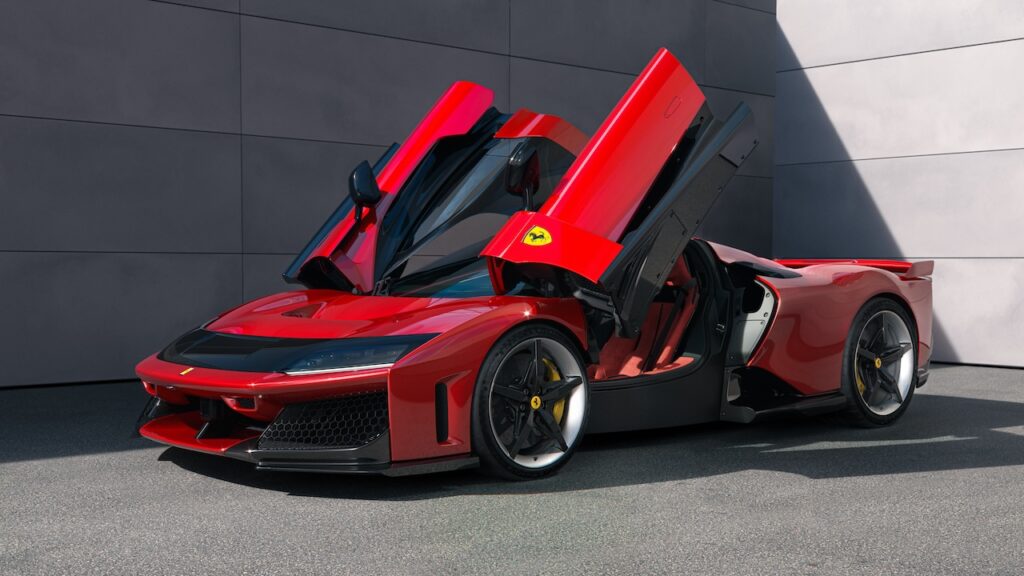
The final two e-motors produce 105kW/121Nm each and drive the front pair of wheels that provide all-wheel drive and complex levels of torque vectoring for greater agility and enhanced traction.
Feeding those five hungry electric motors is an ultra-lightweight 2.28kWh battery pack that lives behind the two seats and is charged by clawing back energy under braking. There’s no plug-in capability.
Even with those five motors, the extra battery, adding kilometres of wiring and a new control module, Ferrari claims the F80 actually weighs 40kg less than the LaFerrari at 1525kg dry.
That’s light considering everything that’s packaged and provides for explosive performance. The F80 takes just 2.15 seconds to launch from 0-100km/h, while 0-200km/h takes 5.75 seconds. Top speed is 350km/h.
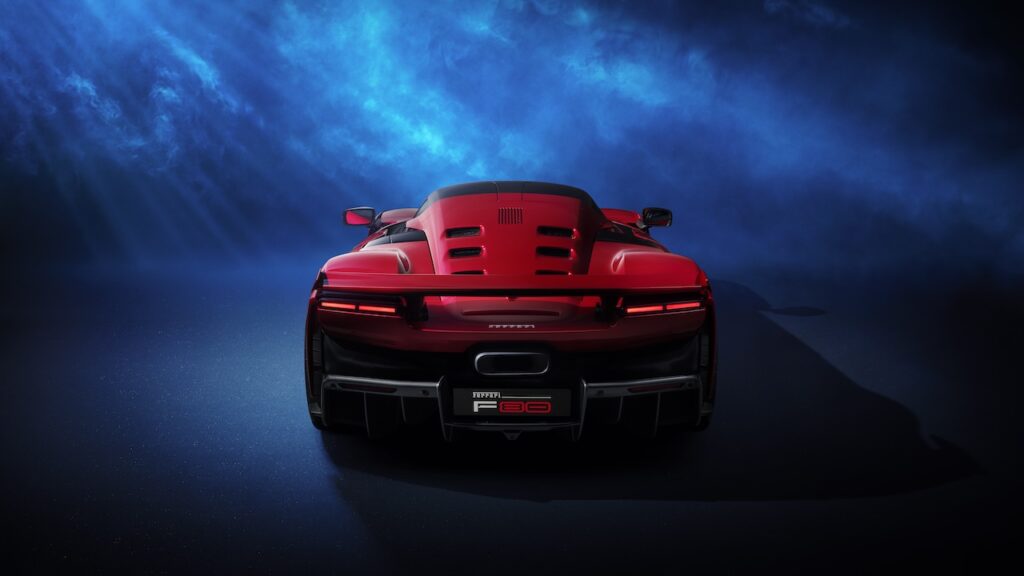
Released just days after the latest McLaren W1 was unwrapped, the new Ferrari is comfortably quicker as the Brit is only rear-wheel drive and only manages a tardy 2.7 seconds 0-100km/h dash.
However, from 0-200km/h the W1 almost equals the Italian with a time of 5.8 seconds.
Helping it deliver what’s expected to be a class-best drive, the Ferrari F80 boasts F1-inspired pushrod suspension employing complex 3D-printed suspension arms and an advanced active anti-roll system developed by motorsport experts Multimatic.
Using a further four electric motors, this system cancels out roll and eliminates the usual dive and pitch related to hard accelerating and braking.
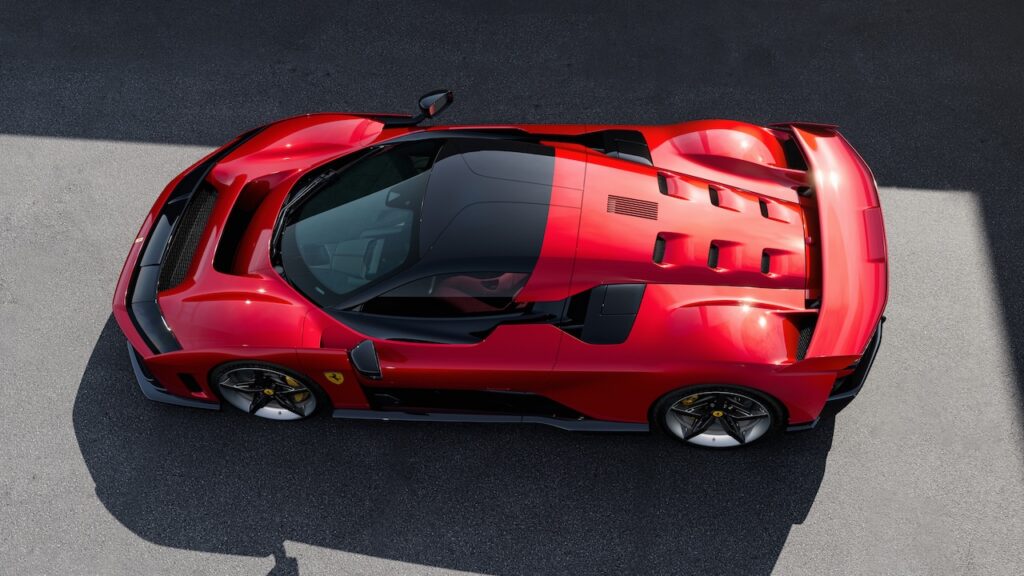
The next most impressive aspect of the F80 is the incredible air-bending it is capable of. The F80 is capable of generating a huge 1050kg of downforce at 200km/h thanks to sophisticated underfloor aerodynamics, a huge S-duct at the front end and a large active rear wing.
The body itself is narrower than normal. That cuts drag further but means the driver and passenger seats are staggered to make space.
Reining in all its performance are massive composite discs and Brembo-branded six-piston callipers on the front axle, while wide 20-inch (front) and 21-inch (rear) carbon-fibre wheels are standard.
As for the looks, designers say that the latest Ferrari hypercar owes its styling to famous road- and race-bred cars from the past, including seminal supercars like the F40.

Within, the cabin there’s no large centrally-mounted infotainment screen. Instead, the driver relies on a super-sized instrument cluster ahead of a weird-looking steering wheel.
A second much smaller touchscreen helps operate the climate control, while the passenger gets the option of their own screen.
It’s not yet known if right-hand drive will be on the menu, or if any of the 799-run of the Ferrari F80s have been snapped up by Australian buyers.

